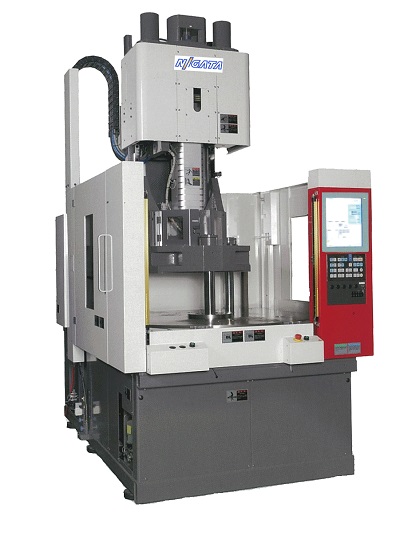Egypt Lubricants Market Growth Trends COVID19 Impact and Forecasts 2021 2026
Egypt Lubricants Market size was estimated as 470.23 kilo metric tons in 2020 and the market is projected to register a CAGR of over 1.5% during the forecast period (2021-2026).
The market was negatively impacted by COVID-19 in 2020. Owing to the pandemic scenario, the country went into lockdown, which led people to minimize the usage of personal vehicles and other transportation, thus creating a negative impact on the demand for automotive lubricants, which in turn negatively impacted the lubricants market demand in the country. However, the condition is expected to recover in 2021, thereby benefiting the market studied.
- Over the short term, the major factor driving the growth of the market studied is the expanding construction sector in the country.
- On the flip side, the decline in the sales of new vehicles and the negative impact of the COVID-19 outbreak are expected to hinder the growth of the market studied.
- Increasing demand from the wind energy sector in the country is likely to provide a major growth opportunity for the market studied during the forecast period.
Key Market Trends
Increasing Demand for Engine Oil
- Engine oil is widely used to lubricate internal combustion engines, and it is generally composed of 75-90% base oils and 10-25% additives.
- It is typically used for applications, such as wear reduction, corrosion protection, and smooth operation of engine internals. It functions by creating a thin film between the moving parts, for enhancing the transfer of heat and reducing tension during the contact of parts.
- High-mileage engine oil is in high demand at present, owing to the properties that help in the prevention of oil leaks and reduction of oil consumption.
- Most of the light and heavy vehicle diesel and gasoline engines use 10W40 and 15W40 viscosity-grade oils, whereas, multi-grade oils, like 15W50 and 20W50, are used for aircraft engines.
- The light motor vehicle segment records the highest consumption rate of engine oils among all the segments. Owing to the technological improvements and government-mandated requirements for fuel economy, the automakers have been manufacturing lighter vehicles with tighter tolerances (which make the vehicles more durable).
- The automotive production and sales in the country have been increasing significantly from the past few years, due to its low labor cost and continuous rising population. Therefore, the automotive producers are continuously investing in new facilities in the country.
- In 2020, the automobile sales in the country were 227,117 units, reporting a 32.6% increase in sales on comparing to 2019 having sales of 171,252 units.
For sample report please visit: https://www.statzyreports.com/report/sr496897/egypt-lubricants-market
- Such investments are expected to contribute in the demand of engine oils in the country from the automotive industry.
Power Generation Segment to Witness Lucrative Growth Rate
- Power generation is one of the most important sectors, without which, almost all manufacturing operations may cease. Wind turbines are subject to many factors, such as humidity, high pressure, high loads, vibrations, and temperature. Gear and turbine oils are widely used in this sector for lubrication purposes.
- In general, the cost of lubricants accounts for less than 5% of a power generation company’s total operational expenditure. About 58% of the companies recognized that lubricant selection can help reduce the costs by 5% or more, but fewer than 1 in 10 (8%) companies realized that the impact of lubrication may be up to six times greater.
- The country has seen a rapid growth in the electricity consumption over the past few years. In 2019, energy consumption per capita stands at 0.97 toe, including 1 550 kWh of electricity. The total energy consumption increased by 3% in 2018 and 1.5% in 2019. The growth is mainly driven by the increasing use of electric and electronic equipment in the residential sector, as well as the growth in the industrial sector.
- Additionally, Egypt's electricity generation could end up with an enormous surplus of 74.4GW by 2035.
- Such growing investments in the country are expected to drive the market for lubricants in the power generation sector in Egypt.
Competitive Landscape
The market studied is highly consolidated among the top six players. The top companies have been utilizing competitive strategies and investments, to retain and expand their shares. The key players, namely ExxonMobil Corporation, Co-operative Soceite des petroleum (Copetrole), Misr Petroleum Company, Royal Dutch Shell PLC, and Total, are accounting for more than 80% of the market studied.
Reasons to Purchase this report:
- The market estimate (ME) sheet in Excel format
- 3 months of analyst support
For sample report please visit: https://www.statzyreports.com/report/sr496897/egypt-lubricants-market
Contact Us:
Poojan Dogra
Public Relations Manager
Statzy Market Research
Email : This email address is being protected from spambots. You need JavaScript enabled to view it.
(IN) - +918484035727
(US) - +1415-871-0483
Website : www.statzyreports.com

